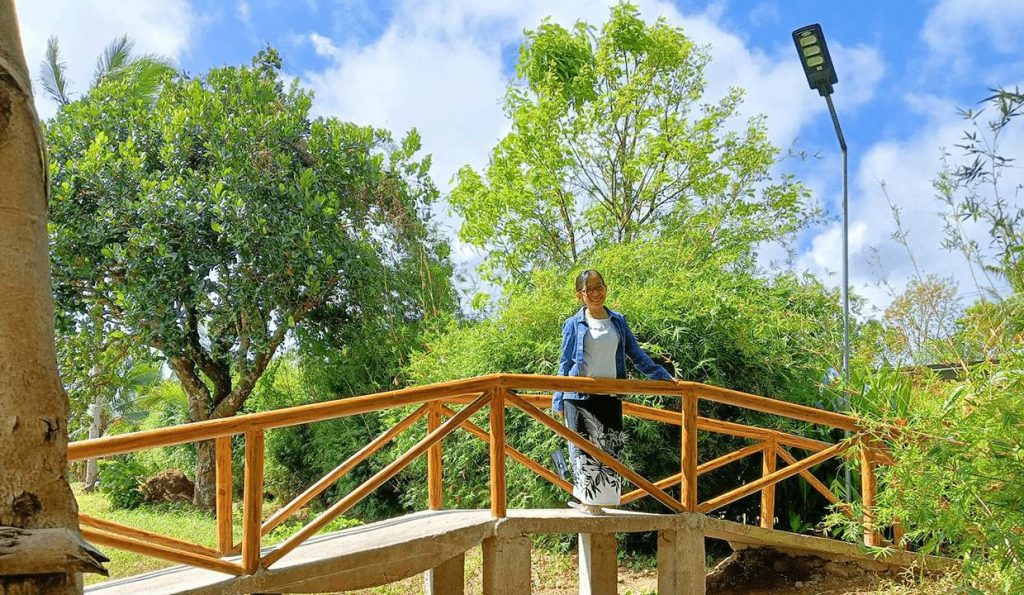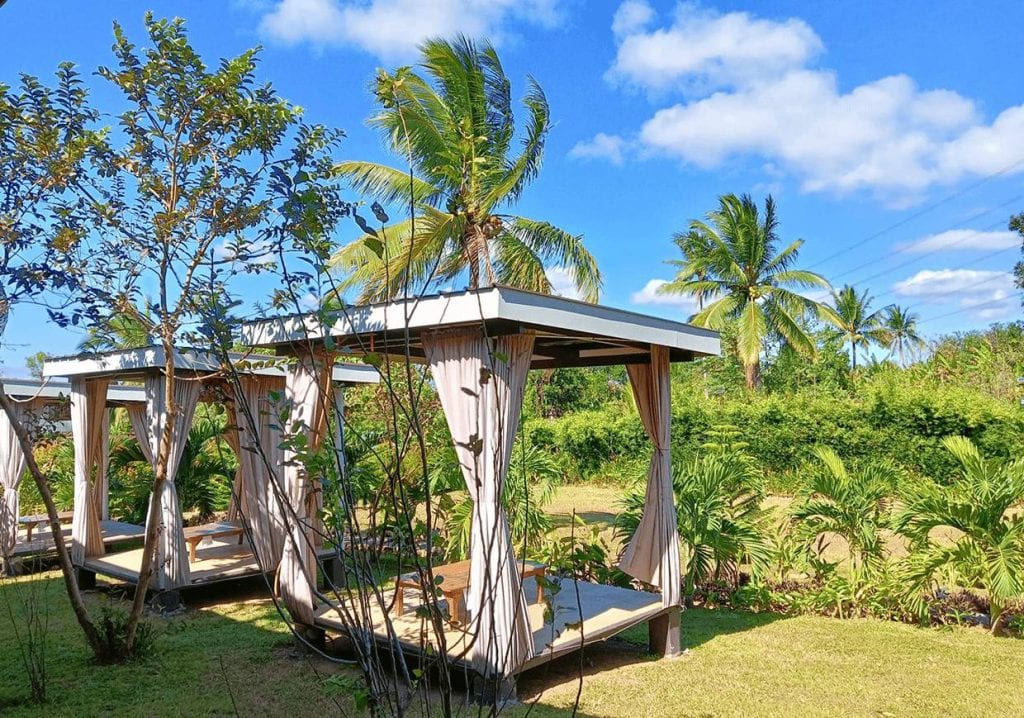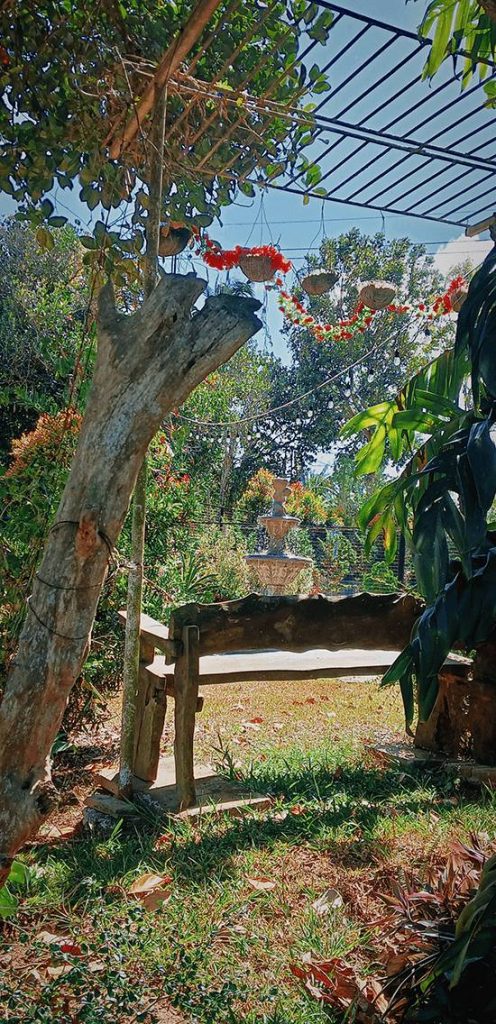When I was living in a noisy, polluted, and crowded city, I longed to move to a less stressful location. And then after moving to a semi-rural area, finally, I soon discovered where I needed to adjust. Of course, I had known all along that it won’t be perfect and that making the choice to move from one place to another, especially if it’s a big move, is all a matter of checking whether the pros far outweigh the cons. If they don’t, I think it’s better to stay put.
One of the strange things about our new place now is that we have three internet connections, excluding our mobile data. WIFI is definitely one of the practical considerations that any householder/homeowner must take into account, especially if you have a student or WFH employee in the house. Our setup happened this way because of the thick walls between rooms and the fact that I don’t want to buy TP-link.

Food is another biggie. In Quezon City, I was such a huge Grab and Food Panda buyer you’d think I own a stake in these companies. Yes, we do have those here but I miss a lot of the northern restos and their food. And somehow the food establishments in our area are less interesting, save for a few. The wet market prices are, surprisingly, more expensive and so we have resorted to online turo-turo (yes, it’s a thing)—affordable lutong-bahay that’s delivered to one’s doorstep. But, the quality of the food and service has deteriorated in the two months that I’ve been buying from this particular food seller, and because they have also failed to diversify their menu, I’m moving on from that again very soon.

If your area, like ours, does not get an uninterrupted water supply, then be ready to shell out about forty grand for a simple poso (artesian well). This is probably the biggest adjustment we’ve had to make because water starts to flow around midnight and promptly stops before noon, usually early in the morning. Apparently, the people from Maynilad think that Imuseños don’t mind waking up at 2:00 a.m. to start collecting water and working on water-related chores like laundry, watering plants, washing dishes, bathing, and such activities. You always feel like you’re in a race because you need to be done with all that by 8:00 a.m.

On the other hand, it’s true that the air is still fresh out here, at least where we are. Behind our property, there is an open field so we get cool and strong winds even when the weather is warm. There are plants all around us, uncommon birds once in a while, and the usual birds all the time. We often get butterflies and dragonflies, frogs, snakes, bees, and bugs. It’s the resort atmosphere, perfect for relaxing, writing, thinking, and meditating.
For a place to be called home, I have three requirements and one of them is the sun. It must have ample space where I can get good sun in the morning. Plus points if it’s a place where I can see the sun rise (and/or set) and if the warmth is perfect and the light quality golden. I have observed that the sun shines differently in various places, pollution being one of the factors affecting this. Sunshine is important not just for vitamin D, but also because it’s a prime ingredient for my favorite activities, i.e., reading, having coffee, writing in my journal, qigong/tai chi, eskrima, and playing with the dogs.
Packing and unpacking eight years’ worth of stuff took its toll, and here is where I recognized the next advantage. I’m now closer to farms, mountain resorts, and nature camps so it’s easier to travel somewhere to decompress. We chose two weeknights to spend on a farm called JBT Agri-Farm (Taniman ni Jesus) in Amadeo, Cavite, which was less than an hour’s drive from home. It’s Tagaytay weather without the traffic and crowd. During the two days we were there, the place was all ours. They also have a restaurant, Cocinado con el Corazon (cooked with heart/love), that serves freshly cooked dishes using ingredients from the farm. So if you’re looking for peace and quiet, head out to JBT Agri-Farm. You can make a reservation via their FB page.
